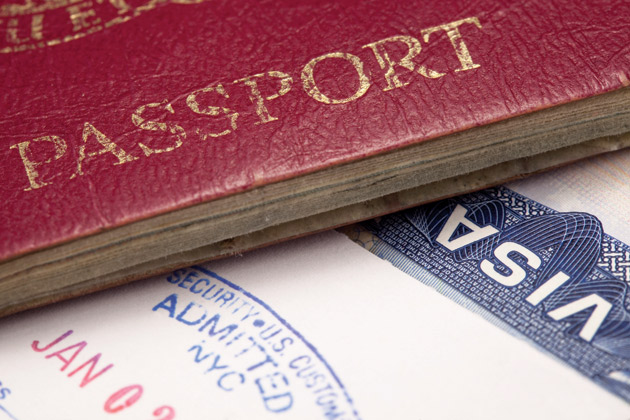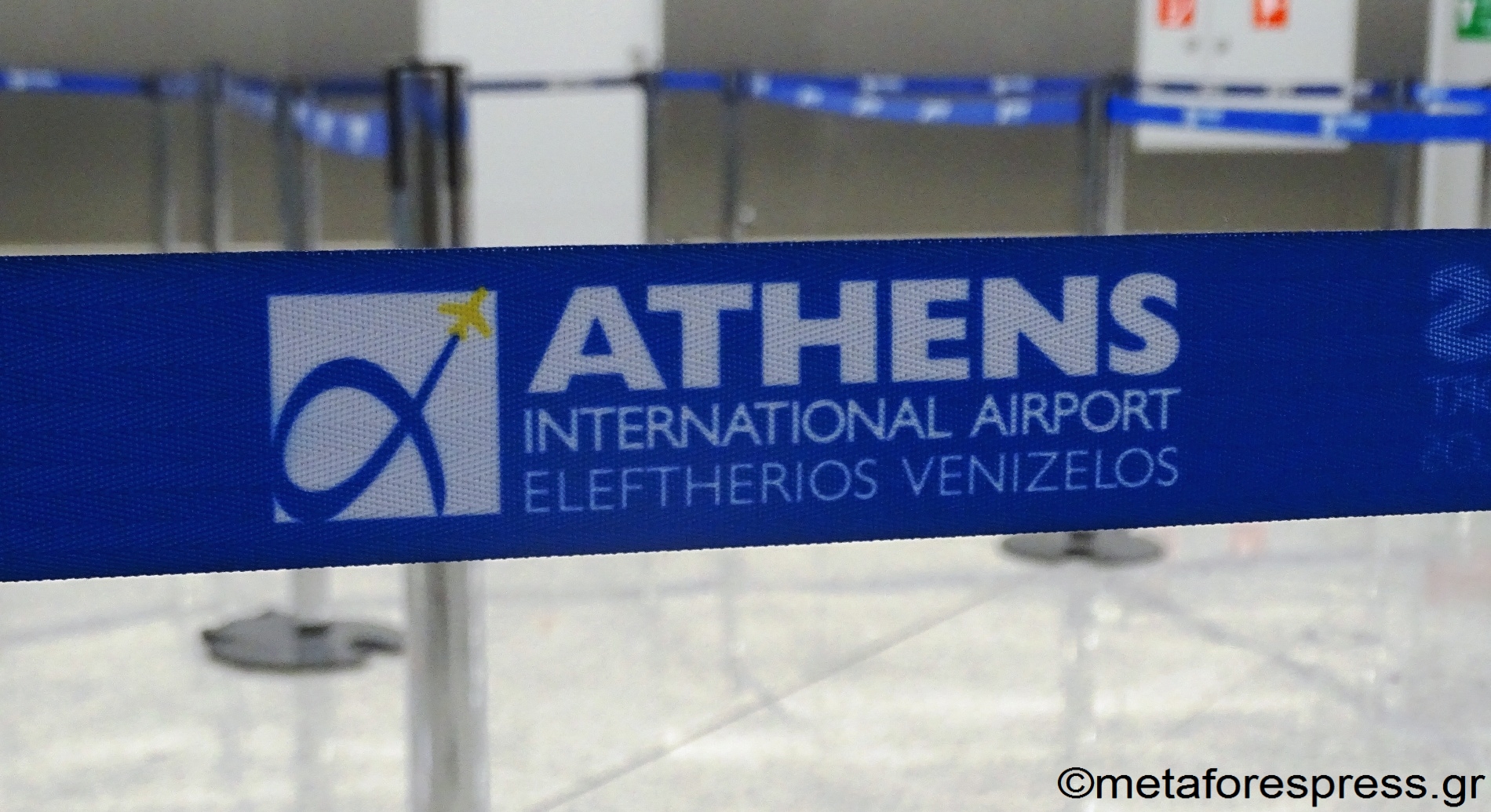The European Commission adopted two proposals to digitalise passports and identity cards, also called ‘EU Digital Travel application’, for individuals travelling to and from the Schengen area.
Both EU citizens and non-EU citizens are subject to systematic checks when crossing the EU’s external borders. Currently, these checks are made physically at the border crossing point. With almost 600 million crossings recorded in 2023 only, there is a need to speed up border controls and ensure smoother travel, while at the same time maintaining a high level of security, ensuring that each and every traveller is checked.
The Commission is therefore proposing a common framework for the use of digital travel credentials and a new ‘EU Digital Travel applicationț, for travellers to create and store their digital travel credentials. The new rules will make traveling to and within the Schengen area easier and more secure.
New rules introducing digital passports and ID cards
Digital travel credentials are a digital version of the data stored on passports and identity cards. The data includes information contained in the chip of the passport or ID card, including the facial image of the holder, but not fingerprint. A digital travel document can be stored on a mobile phone. It will be completely voluntary for travellers to ask for or use this digital version of their documents, free of charge.
This will:
- Allow smoother and faster border crossings for travellers: Both EU and non-EU citizens will be able to submit their digital passports or ID cards ahead of the journey, for an advance border check, when travelling to or from the EU.
- Facilitate freedom of movement and reduce administrative burdens for EU citizens: Member States may allow EU citizens to use digital identity cards for registration and identification. For example, they could be used for registration with national authorities when taking up residence in another Member State, or to facilitate access to electronic identification schemes.
- Improve the efficiency of border controls: Border management authorities will be able to focus their time and resources on detecting cross-border criminals and migrant smuggling thanks to advance checks made possible by digital travel credentials.
- Improve the security of the Schengen area: Digital travel credentials will make it easier for authorities verify the authenticity and integrity of travel documents, making it harder for fraudsters to use fake documents or pass through borders undetected.
The EU Digital Travel application
The EU Digital Travel application will be developed by the Commission, with the support of eu-LISA, and deployed at EU level. The application will be available for all EU and non-EU citizens with a biometric passport or EU identity card travelling to or from the Schengen Area.
Thanks to the EU Digital Travel application, travellers will be able to:
- Create digital travel credentials, using their passports or, in the case of EU citizens, their identity cards.
- Submit travel plans and documents to the border authorities in advance, reducing waiting times at border crossings since most checks will be completed beforehand.
- Ensure their data is protected: The application requires user consent before processing personal data. Additionally, Member States will be required to provide border authorities with comprehensive training on data security and data protection rules before authorising them to access the data.
The EU digital travel application will become available as of 2030. This will provide the possibility to store the digital travel credentials in the European Digital identity wallet.
Next steps
It is now for the Council and the European Parliament to agree on the proposals. Once adopted, in accordance with the relevant procedures, the EU Digital Travel application and the necessary technical standards will be developed.
(European Commission)

























































